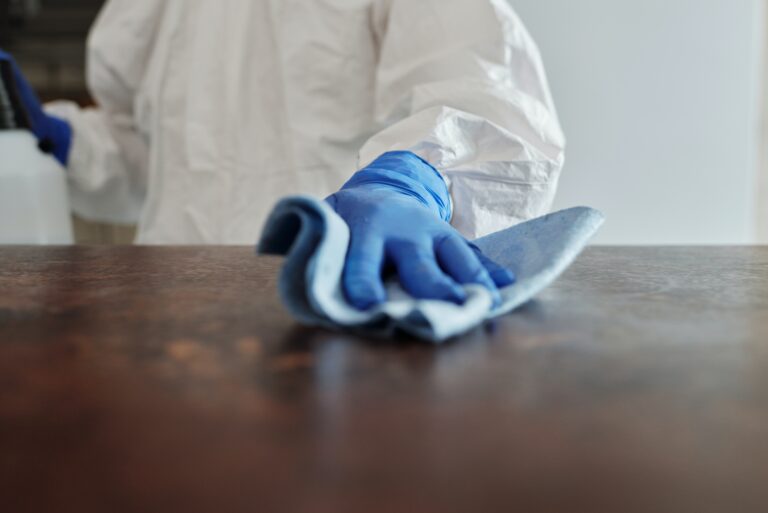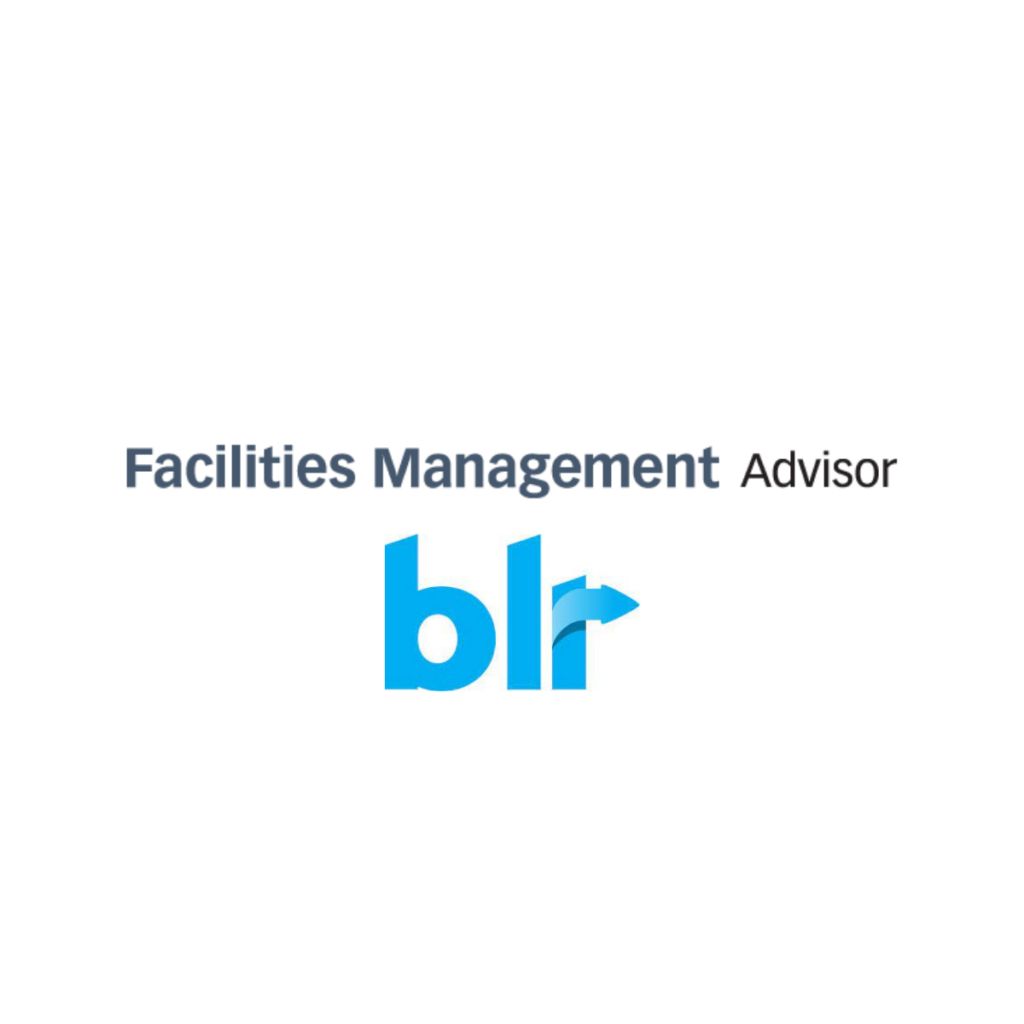Consumers want “natural” products
Across industries, the market size of sustainable products is growing by leaps and bounds. Searches for sustainable goods have increased by 71% globally, and “corporations are responding, particularly in the cosmetics, pharmaceutical, fashion, and food sectors.”
One study of sustainable laundry, surface care, dishwashing, bath, and shower goods projects the market to grow at a rate of 8.5%, pushing it to $109.7 billion in 2026. This rate of growth is more than double that of the market for all cleaning products.
These changes are good news, primarily because of what they reveal about consumer attitudes and preferences. Growing awareness of the health and environmental costs of traditional products is driving a surge of consumer interest in “green” alternatives. In one survey, 30% of North American respondents looked for eco-friendly all-purpose cleaners, while 46% did in the Asia-Pacific region. This is a global trend, and it’s not slowing down.
There’s more to green cleaners than meets the eye
But there’s a catch – namely, widespread confusion surrounding concepts like “green” and “natural.” These words are inherently imprecise, and there are no regulatory standards – governing their use. As a result, consumers too often misunderstand them.
Experts and government agencies agree that many consumers across industries like cleaning and disinfection believe that substances of natural origin are not generally harmful to human health. In fact, nothing could be farther from the truth.
Much of what is marketed as “natural” alternatives to traditional products are also dangerous to health or damaging to the environment. Added fragrances are a common culprit. Dr. Anne Steinemann of the University of Melbourne, Australia analyzed 17 so-called natural products, all of which “gave off at least one potentially toxic chemical.” Eighty percent of the most common VOCs were in both the green and conventional products examined in the study. Just as troubling, 90% of toxic chemicals weren’t listed on the labels, green or otherwise.
This may be in part because under the Fair Packaging and Labeling Act, fragrances usually qualify as “trade secrets,” which means companies don’t have to disclose them.
Harmful chemicals like phthalates – connected with infertility, birth defects, and heart disease – are often smuggled into cleaning products because of this loophole. According to the International Fragrance Association, its members’ fragrances include more than 3,100 different ingredients.
Naturally occurring fragrances are not necessarily much better, with many citrus oil extracts having been categorized by the European Commission as “established allergens.”
And it’s not just fragrances either. Other dangerous ingredients that can be found in “natural” products include petroleum distillates like benzene, dioxane, and more.
Greenwashing
Thus, a fundamental disconnect exists between what consumers want – healthy, non-toxic, environmentally friendly products – and what companies can get away with marketing to them.
The problem with this “greenwashing” isn’t just that companies can lie because regulators have left words like “natural” largely undefined; it’s that even when companies that market themselves as “natural” technically are telling the truth – i.e. when a given ingredient really does occur in nature – consumers walk away with the impression that the product must be healthy.
Unsurprisingly, many companies don’t hesitate to use this miscommunication to their advantage.
There’s more to natural cleaners than meets the eye
Health hazards
It’s worth pausing here for a more comprehensive review of the hazards associated with these toxic cleaning chemicals, which have been connected to a wide range of health complications, including…
- Cancer
- Irritation of the eyes and throat
- Chronic respiratory conditions like asthma
- Allergies
- Headaches
- Eczema
- Endocrine and immune disruption
- Kidney damage
- Liver damage
- Neurologic problems
Americans spend an average of almost 24 hours cleaning every month (not to mention those whose work requires much greater exposure). Forty percent of the chemicals added to consumer products end up in the air. Clearly, this is a serious problem, and it’s even worse for those who deal disproportionately with cleaning and disinfecting agents in their day jobs. Of more than 2.1 million janitors in the U.S., 6% have suffered injury due to chemical exposure at work.
And these dangers persist even when toxic chemicals are used properly. As a group, custodians suffer from occupational asthma at double the rate of the general population. Janitorial contractors incur higher insurance premiums than other physically demanding jobs, such as auto repair shops or metal finishing jobs.
It’s clear enough why consumers are looking for a way to opt out of toxic chemicals entirely. But if they can’t trust green marketing to help them navigate it, then what can they do?
Finding truly green alternatives
Ultimately, there’s no substitute for personal research, as well as skepticism of vague or misleading marketing claims.
One easy rule of thumb is simply to avoid fragranced products altogether, even when they’re marketed as green. To reiterate, fragrances are some of the worst offenders when it comes to toxicity, and when it comes to actually cleaning, they typically do next to nothing.
The words “chemical-free” are another red flag. It’s a sure sign of marketing spin, ignorance, or both. After all, everything in the physical world is ultimately composed of chemicals; the relevant question is their toxicity.
New technologies may also offer consumers a remarkable solution to that question. For example, electrolyzed water is a well-established process that produces a multi-purpose cleaner and hospital grade disinfectant.
When an electric charge is run through a combination of salt and water, the result is hypochlorous acid – the same substance our bodies use to fight infection – and sodium hydroxide, both of which can then be used as high quality cleaning products. Even better, both have absolutely no negative impact on human or environmental health.
Viking Pure’s e-water technology has dramatically expanded the applications of electrolyzed water solutions because they can now be produced without salt in the final solution, providing no risk of corrosion when used to clean sensitive equipment. It’s also entirely safe for use on carpets and upholstery.
With the right tools and personal approach, consumers can overcome a bewildering and even deceptive marketplace for green cleaners – and find options worthy of the word “natural.”




